Disney Plus Emerges as Multibillion-dollar 'Star Wars' Franchise’s New Hope
With critics and some fans souring on recent theatricals, streaming service’s acclaimed original 'Star Wars' TV series, spearheaded by a new generation of creators, have captured the venerable franchise's onward momentum
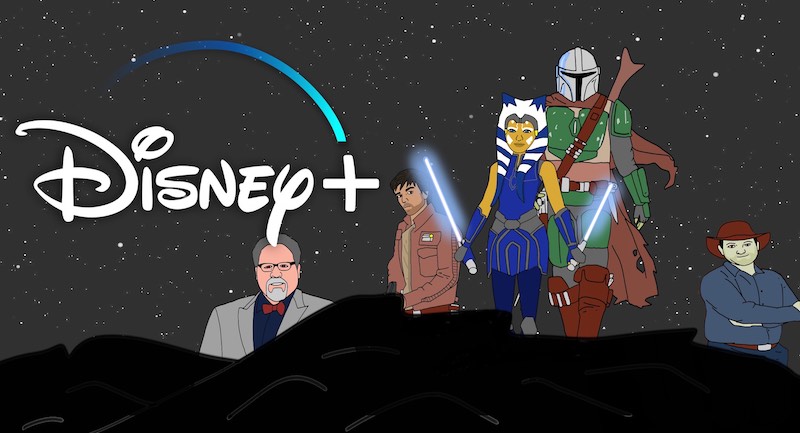
Updated 12/14/2020: In a broad-reaching set of product and content announcements, Disney revealed plans to debut no less than 10 new Star Wars series over the next few years.
Updated 7/13/2020: Disney Plus has ordered the next iteration of the Star Wars franchise, commissioning Dave Filoni to produce Clone Wars animated spinoff Star Wars: The Bad Batch. The show is set to premiere on the streaming service in 2021.
Original story starts here:
On Dec. 20, 2019, the Skywalker Saga ended. But for Disney, it marked a new beginning for arguably the world’s most expansive and well-known franchise: We’re talking about Star Wars, of course.
Since Disney’s $4.05 billion acquisition of Lucasfilm in Dec. 2012, the company has already succeeded in recouping its losses with just the worldwide gross box office and associated merchandise sales from its first three Star Wars films: The Force Awakens ($2.07 billion), Rogue One: A Star Wars Story ($1.06 billion) and The Last Jedi ($1.3 billion).
Also read: Disney Plus: How It Went From Zero to 28.6 Million in Less Than Three Months
But after three wildly profitable Star Wars feature film releases, Disney stumbled with its fourth, Solo: A Star Wars Story. Five months after production on Solo started, directors Phil Lord and Chris Miller (The Lego Movie) were fired. Reports claim their looser and more improvisational style didn’t mesh well with Lucasfilm president Kathleen Kennedy’s vision for the film, and they were quickly replaced by director Ron Howard (Apollo 13), who reshot the bulk of the movie and even finished it on schedule.
NEXT TV NEWSLETTER
The smarter way to stay on top of the streaming and OTT industry. Sign up below.
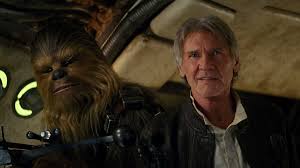
The bad publicity regarding the production of the film, coupled with the critical reception of the choice to cast Alden Ehrenreich (Hail, Caesar!) as the eponymous Han Solo, resulted in just $392 million in worldwide gross box office sales, down 47% from Disney’s first Star Wars anthology film, Rogue One. That number, just $117 million above the film’s reported budget, didn’t even allow Solo to break the top 20 worldwide box office of 2018. But its box office failure raised another important question: Were fans already starting to feel Disney Star Wars fatigue?
A decade had passed between Revenge of the Sith—the final film in the prequel trilogy of films set before 1977’s A New Hope, and the last Star Wars film before Disney’s acquisition of Lucasfilm—and The Force Awakens, the first in the sequel trilogy of films post-acquisition. So it’s no wonder it went on to have the fourth-biggest worldwide lifetime gross in history. Fans had been clamoring for a new big-screen Star Wars adventure, and they were curious what direction the franchise would go in under Disney’s purview.
It quickly became the top presale movie of all time.
But fans’ excitement quickly turned into frustration. Many felt that The Force Awakens, directed and co-written by J.J. Abrams [Lost, Star Trek (2009)], borrowed too many elements from the first Star Wars film, A New Hope, making it feel too familiar. Then came The Last Jedi, written and directed by Rian Johnson (Looper, Knives Out), which sidelined many seemingly important plot points from The Force Awakens to deliver a wholly unique, fresh take on the franchise. While critics unanimously loved it (it boasts a 91% critics score on Rotten Tomatoes), audiences weren’t so thrilled (the audience score is 43%), making it arguably the most divisive blockbuster of the past decade.
Disney’s rush to deliver a new film every year, be it a trilogy film or anthology “Star Wars Story,” resulted in diminishing returns. From a business standpoint, they were nothing but profitable, but they were losing fans’ trust in their ability to deliver quality stories; their business plan eclipsed any strategy to weave a cohesive, well-thought-out narrative. And these increasingly glaring problems all came to a head in last year’s final sequel trilogy film, The Rise of Skywalker.
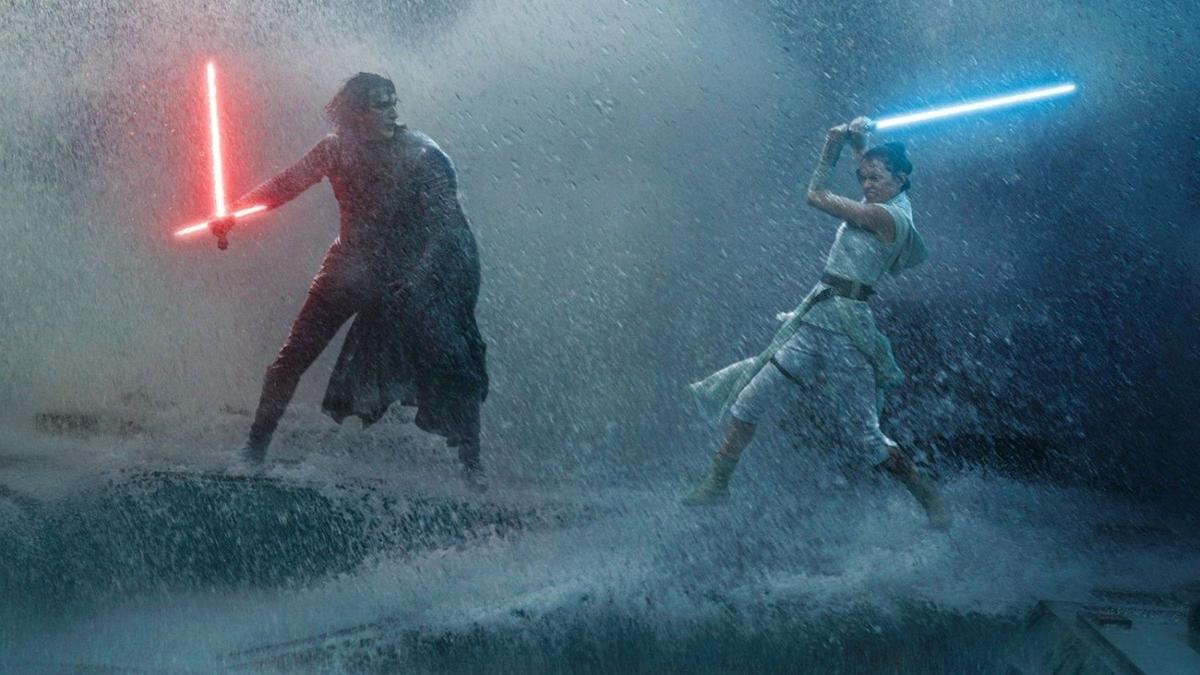
The Rise (and Fall?) of Skywalker
The Rise of Skywalker truly had everything working against it. First, it suffered from many of the same production problems as Solo. Like Phil Lord and Chris Miller before him, writer and director Colin Trevorrow (Jurassic World) “parted ways” with the film after his creative vision clashed with Kathleen Kennedy’s (and, also worth noting, after his movie The Book of Henry tanked, raking in a measly $4.6 million in worldwide box office sales amid mostly terrible reviews).
“Like any development process, it was only in the development that we’re looking at a first draft and realizing that it was perhaps heading in a direction that many of us didn’t feel was really quite where we wanted it to go,” Kathleen Kennedy told Gizmodo in 2019.
“We were on a schedule, as we often are with these movies, and had to make a tough decision as to whether or not we thought we could get there in the time or not. And as I said, Colin was at a disadvantage because he hadn’t been immersed in everything that we all had starting out with [The Force Awakens].”
J.J. Abrams then became to The Rise of Skywalker what Ron Howard was to Solo: its only hope. This time, though, he was tasked with rewriting much of Trevorrow’s script, with the help of screenwriter Chris Terrio (Argo), as well as directing the film.
The result? A story that had to borrow ideas from Trevorrow’s original script due to time constraints; conclude the unresolved plots from both Abrams’ own The Force Awakens and Johnson’s very disconnected The Last Jedi; and deliver a satisfying conclusion to a 42-year-old story. If that sounds like an impossible task, it’s because it was.
Also read: Disney Plus Orders Season Two of ‘The Mandalorian’
Largely due to its performance in the international markets, where it took in more than half of its revenue, Star Wars: Episode IX - The Rise of Skywalker was another monetary success story for Disney, grossing $1.07 billion in worldwide box office sales.
But critics and audiences alike mostly agreed—the conclusion to the Skywalker Saga felt poorly paced, sloppy and unsatisfying. Rotten Tomatoes gave it an aggregated score of just 52%. And googling the terms “Rise of Skywalker” and “fan backlash” surfaces a range of response stories including everyone from Abrams to Luke Skywalker himself, actor Mark Hamill.
It’s tough to ding a movie that grosses more than a billion dollars. But certainly, there was enough negativity surrounding Rise of Skywalker for media business pundits to ask, where does Disney take the Star Wars franchise from here?
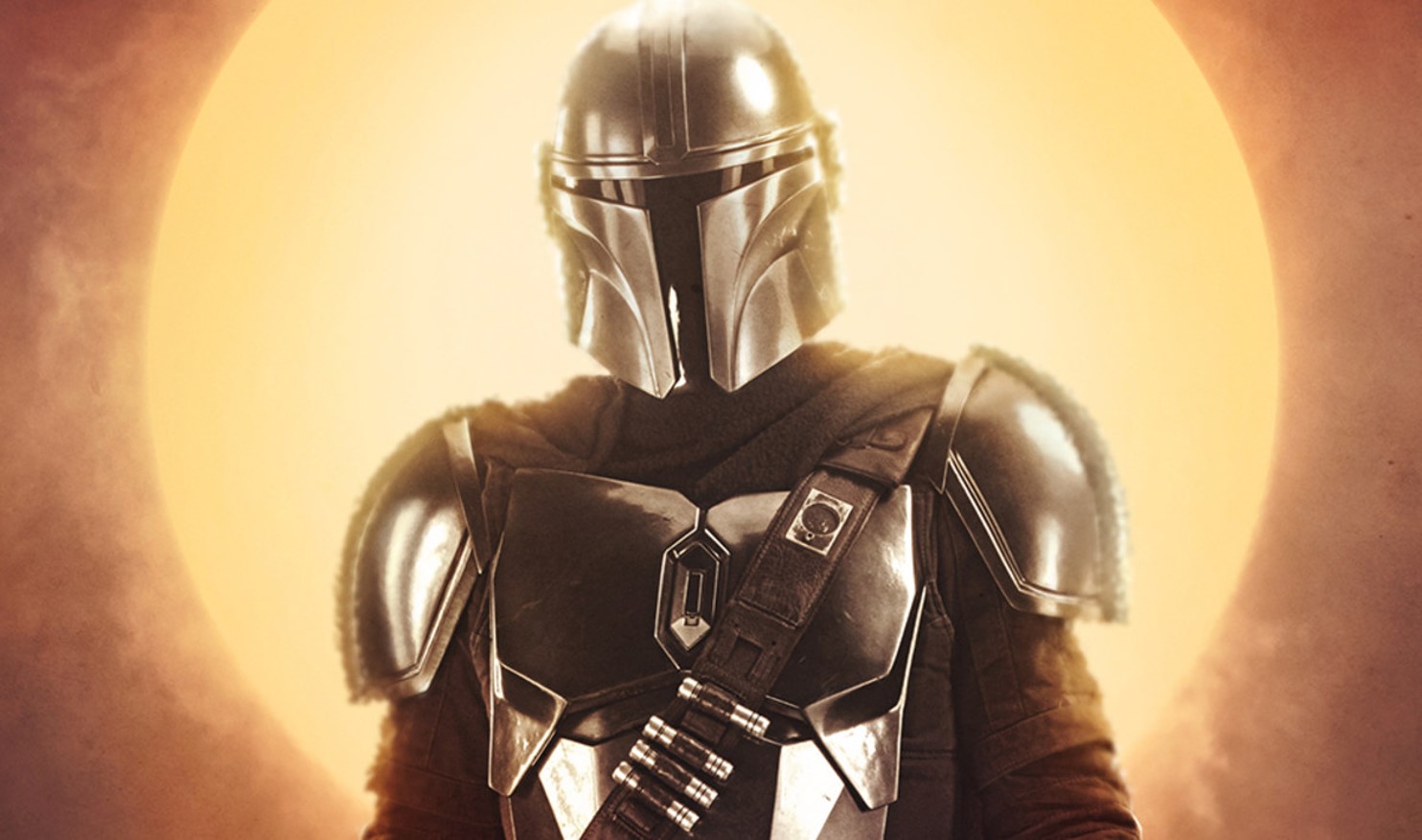
Another New Hope?
While Disney was busy plotting its five big-screen Star Wars releases, it was also getting ready to launch its own streaming platform, Disney Plus, to compete with streaming giants Netflix, Hulu and Amazon Prime Video. And positioned front and center of its marketing campaign leading up to the November 2019 launch of Disney Plus was The Mandalorian, the first live-action Star Wars TV show, starring Pedro Pascal (Narcos, Game of Thrones) as the new titular Mandalorian bounty hunter.
With a bofo reported budget of $15 million per episode, the first season of The Mandalorian is one of the most expensive television campaigns ever produced, totaling an estimated $120 million. (For reference, The Force Awakens had a reported budget of $245 million.) It was a prime example of a loss leader—but it worked out great. Disney recently reported that after just five months, Disney Plus has reached a whopping 54.5 million global subscribers, a number the company itself didn’t even predict it would reach until 2024.
Digital TV Research analyst Simon Murray predicts that by 2025, Disney Plus will have 202 million global subscribers, a much higher estimate than his previous one of 126 million.
"We have completely revised our forecasts for 138 countries in the wake of the COVID-19 pandemic," Murray wrote in a research report. "A major impact of lockdown has been a steep rise in SVOD subscriptions.”
While the pandemic is certainly a substantial factor in the quicker-than-expected growth of Disney Plus, it’s impossible to ignore the role that The Mandalorian and other Star Wars properties have played. Seemingly overnight, The Mandalorian became a must-watch show for casual and hardcore Star Wars fans, thanks in large part to the viral reaction to The Child, a character in the show affectionately dubbed “Baby Yoda” by fans after his striking resemblance to an infantile Jedi Master Yoda.
Adorable, he was, and after just two episodes of The Mandalorian, it was impossible to go on social media without seeing a Baby Yoda meme.
Simultaneously, Disney announced an early 2020 premiere of a seventh and final season of The Clone Wars, an animated series set between 2002’s Attack of the Clones and 2005’s Revenge of the Sith that had been off the air for nearly six years after originally running on Cartoon Network (seasons one through five) and Netflix (season six). Notably, The Clone Wars was one of the only existing non-film properties Disney announced to be part of the new Star Wars canon after its acquisition of Lucasfilm in 2012.
The Clone Wars streamed its series finale on May 4 (international “Star Wars Day”) to mostly critical acclaim. And back in December, the first season finale of The Mandalorian, which received similar acclaim, aired the same week The Rise of Skywalker premiered in theaters. These seasons now join nearly the entire Star Wars library on Disney Plus (Solo is the only piece of canon filmed media missing and will stream exclusively on Netflix until July 9).
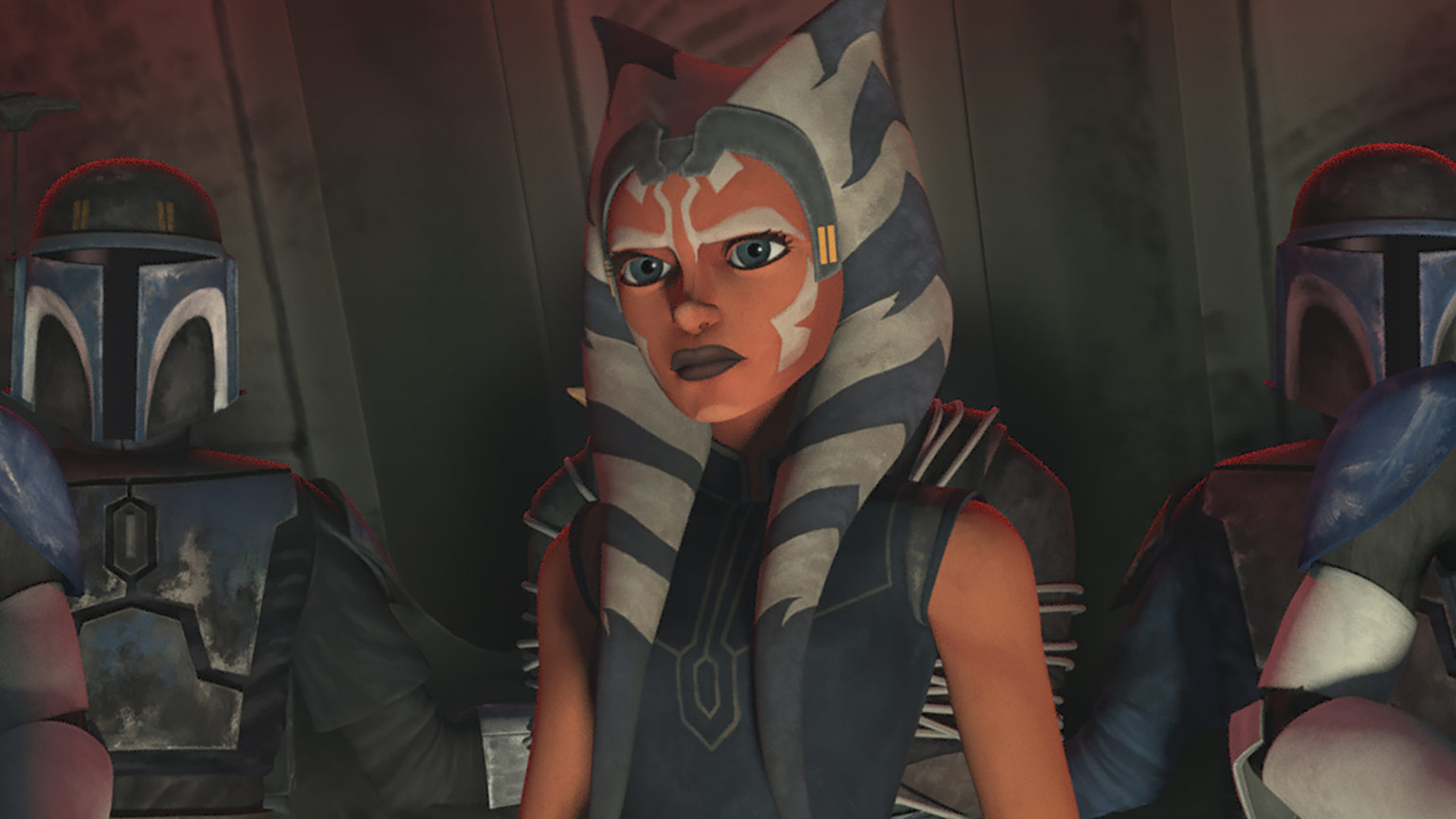
Star Wars Is Dead, Long Live Star Wars
With fans heaping nearly unanimous praise upon Disney Plus’ Star Wars originals that explore stories set during time periods between films, the main Skywalker Saga complete and Disney Plus subscribers skyrocketing, Disney has a clear path to regaining and maintaining fans’ trust in the franchise moving forward: to invest in unique new stories for Disney Plus developed by freshmen and trusted creators alike.
Dave Filoni, who helped develop The Clone Wars with the Creator himself, George Lucas, and who also produced the follow-up animated series Rebels and Resistance, is a prime example of Disney trusting in its talent pool and not rushing the storytelling process. As mentioned above, it had been six years between seasons six and seven of The Clone Wars, and due to Filoni’s success with his animated shows, he was also invited to write and make his live-action directorial debut with two episodes of The Mandalorian.
Filoni will contribute even more to the show’s second season—still set to premiere on Disney Plus later this year, as production had finished before pandemic-related shutdowns. And he’ll help continue to bridge gaps between Star Wars properties in the process. In the final moments of the first season finale of The Mandalorian, the Darksaber—a powerful weapon seen only in the animated shows The Clone Wars and Rebels—made its live-action debut, and it was announced that in season two, fan-favorite Jedi-in-training turned Rebel hero Ahsoka Tano from the same animated shows will make her live-action debut as well, played by Rosario Dawson (Men in Black II, Rent).
This narrative cohesion between disparate Star Wars properties is what many fans have been craving to see in the franchise and, generally speaking, sorely missed in the Force Awakens, Last Jedi and Rise of Skywalker sequel trilogy. Creators like Filoni and Mandalorian creator Jon Favreau have now been afforded an opportunity Abrams and Johnson arguably weren’t: the time to produce original stories that will (hopefully) appeal to both Star Wars superfans and casual viewers.
It doesn’t stop there, though. Disney is also taking chances on creators brand new to Star Wars canon. Also on Star Wars Day, it was officially announced that Russian Doll co-creator Leslye Headland will be showrunning, writing for and executive producing another new Star Wars series for Disney Plus. It will be the first fully woman-led Star Wars project in the franchise’s 43-year history.
An untitled series that will focus on Jedi Master Obi-Wan Kenobi is also still in development for the Disney streaming service. The Star Wars drama halted production in January to replace screenwriter Hossein Amini (Drive) with Joby Harold, who executive produced John Wick: Chapter 3. Director Deborah Chow (The Mandalorian) is still tapped to direct. Though the behind-the-scenes delays bring to mind the same issues that afflicted Solo and The Rise of Skywalker, Disney seems to be taking its time with the series, focusing on the quality of the story rather than scrambling to meet schedule deadlines.
If those Disney Plus projects weren’t enough, screenwriter Tony Gilroy (Rogue One) is also writing the pilot for an untitled series built around franchise character Cassian Andor series. The show will follow the Rogue One Rebel spy, with Diego Luna reprising his role as Cassian Andor. A showrunner has yet to be announced for the project.
This involved discussion won't even broach the topic of whether theatrical distribution will even be viable after the pandemic finally ends.
Even still, although Disney seems to be smartly pivoting its focus on rounding out its Disney Plus catalog of originals, it’s not completely abandoning new theatrical releases. (With mostly consistent billion-plus-dollar box offices, how could it?) For its first post–Skywalker Saga theatrical release, Disney has tapped Academy Award winner Taika Waititi (Jojo Rabbit, Thor: Ragnarok) to direct and cowrite a new film. He’ll share writing duties with Academy Award nominee Krysty Wilson-Cairns (1917). Though story details about the project are scarce, we expect it to follow the Rogue One and Solo mold of being a standalone anthological “Star Wars Story.”
While this surplus of news may contribute to the aforementioned Star Wars fatigue fans have felt since Disney’s acquisition of Lucasfilm, Disney is doubling down on the success of shows like The Mandalorian and Clone Wars to bring new, easily streamable stories to consumers. With trusted creators like Favreau and Filoni continuing to deliver top-tier, franchise-spanning content, as well as talented newcomers like Headland providing a much-needed and -desired new perspective on the Star Wars universe, even the most frustrated of fans might find it difficult not to at least plop down on the couch and give each new story a shot.
And for continued monetary and commercial success, Disney is banking on it.
